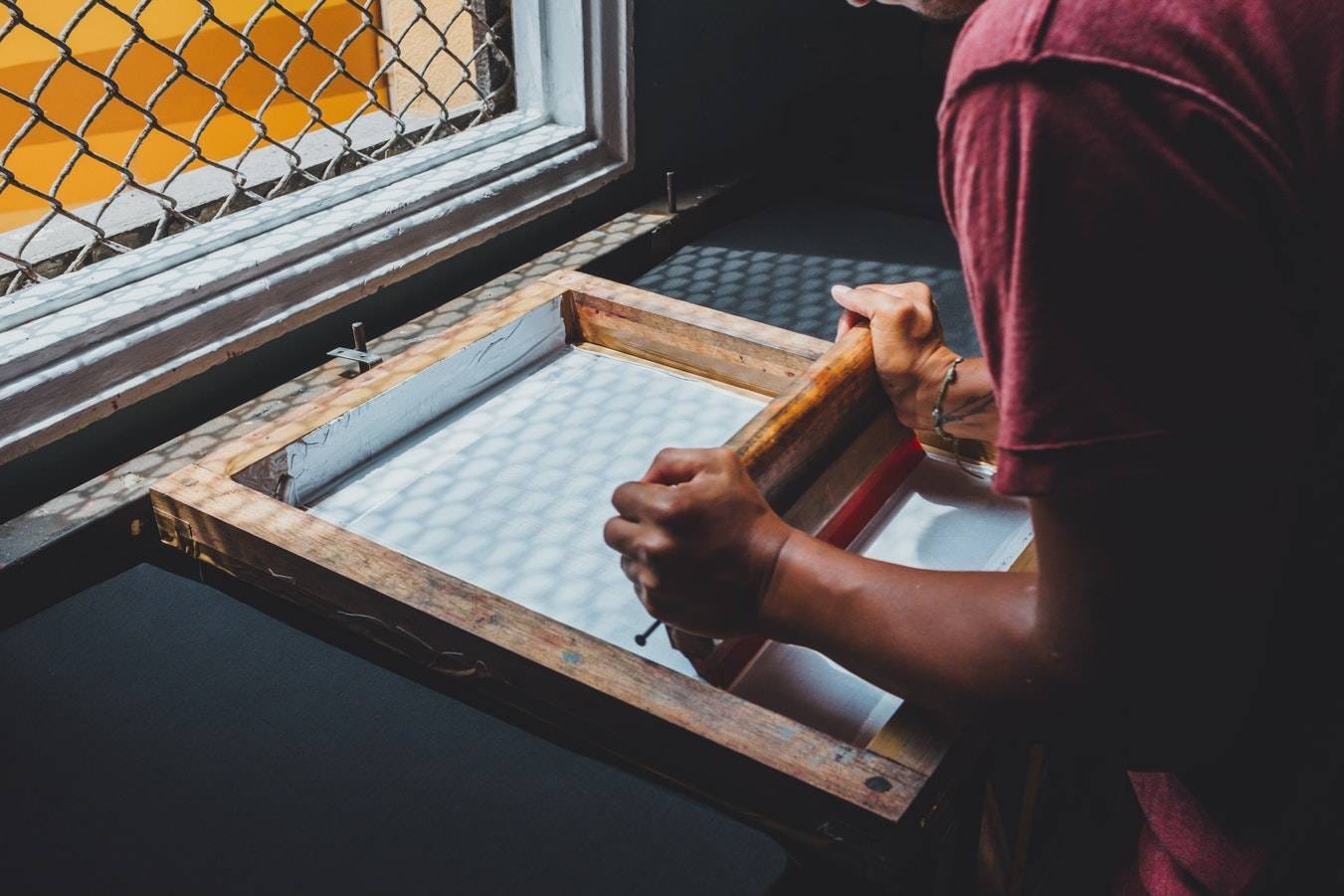The Real Value of Limited Edition Art Prints
Featured Image: Artwork by ONEQ
Many collectors disregard prints. Prints are often seen as mass-produced copies of famous artworks that are just not that valuable or worth investing in. But nothing can be further from the truth. Prints can be just as valuable as any other artwork and certain prints are known to reach seven or eight-figure prices at auctions. One of the first prints ever made by Pablo Picasso entitled The Frugal Repast (Le repas frugal) sold for GBP 1,945,250 in 2012, while Au lit: Le baiser, a lithograph by Toulouse-Lautrec reached a staggering price of USD 12,485,000.
Buying prints can be a great way to acquire pieces by famous artists at affordable prices, but they can also serve as a great addition to an all-around collection that encompasses entire body of work by a certain artist (paintings, drawings and prints alike). Since they cost only a fraction of the price of a painting or a photograph, prints are also a great way for new art collectors to kick off their collection.
Dealers often confuse buyers with expert terms like “limited edition print”, “signed by the artist,” “artist’s proof”, and the like. Understanding these terms is crucial for making an informed decision and determining the value of a print.
// Original Art vs. Reproduction
Not all art prints are reproductions of other famous artworks. Quite the opposite, there are many art pieces that are only made as prints. These prints are called original prints, while prints that represent copies of other art pieces are called reproductions. Just like paintings or sculptures, original art prints are an original work of art which adds to their value and their price. That’s why you should expect to pay much more for an original art print than for a reproduction.
// Signed vs. Unsigned Prints
Most artists sign their prints at the bottom right corner of the piece. It’s considered that, by signing a print, the artist approves it, and, claims it as his or her own work. Sometimes printers also sign a print they produce, which is why certain pieces have two signatures. Signatures count for a lot at a print market since they add to the artwork’s authenticity. The value of a signed print is usually two or more times higher than the value of an unsigned print, so if you have a choice, it’s always better to go for the signed version.
// Open vs. Limited Edition Prints
Prints are produced in series called editions. Every edition contains a number of prints made from a single plate in a single run. Unlike unlimited edition prints (also known as open editions), that can be reproduced an infinite number of times, limited editions are (as their name suggest) made in limited amounts. Limited editions can contain anywhere between 2 and several thousand prints, depending on the technique used and intent of the artist. Prints from small editions retain exclusivity and reachhigher prices than large edition prints.
// What’s a Print Run Number?
Every print in a limited edition is numbered, usually in pencil at the bottom of the print. This number (that looks like a fraction) is called a print run number and it shows the print’s position in the edition. The print run number is vital for determining the value of a print.
The denominator (the bottom number in the fraction) will show you how many prints were printed in one edition. The upper number (numerator) will show you when each print was created during the run. For example, if you see a 15/100 number on your piece, that means that you have the 15th print from the edition that contains a total of 100 prints.
As far as print run numbers are concerned, the rule is simple: the smaller the number the bigger the value. First impressions in the print run usually reach higher prices since they are considered to be the closest to the artist’s original idea.

// Trial, Hors d Commerce, Printer’s and Artist’s Proof
What if a print doesn’t have a number but an A/P or a P/P marking on it? Does that mean it’s fake? Absolutely not! Apart from your regular “numbered” prints, every edition can have one or several special kinds of prints called trial proofs, artist’s proofs, bon à tirer proofs and printer’s proofs.
During the printmaking process, the artist tests various ideas, colors, and compositions. These prints pulled out during various working stages are called trial proofs. Trial proofs can show only a part of an incomplete print and they always differ from the final piece.
When the artist is satisfied with the finished plate, a B.A.T. proof is made. B.A.T. is short for “bon à tirer,” a French expression meaning ready for printing. B.A.T. proof serves as an example of how a final art piece should look like. B.A.T. proofs are sent to the printer to ensure that the entire edition matches the artist’s original vision.
Artist’s proof (also known as épreuve d’artiste, or E.A) is an impression of a print, taken during the printmaking process to review the state of a plate. In the past, artist’s proofs were the first prints pulled off a fresh plate but nowadays an artist’s proof can be pulled out at any time during the print run. Artist’s proofs are identical to standard edition prints, but unlike regular prints with fractions, these prints are usually marked with A/P (or E.A). Artists usually keep artist’s proofs for themselves so that they can borrow them to various institutions for exhibition purposes when the rest of the edition is sold out. The number of artist’s proofs may vary, but they shouldn’t exceed 10% of the limited edition run.
Apart from trial and artist’s proofs, you may also encounter a print marked with P/P or H/C, which is short for printer’s proof and hors d commerce proof. Printer’s proofs are complimentary prints given to the publisher. There’s just a handful of these and their quantity depends on the number of printers involved in the printing process (each printer gets one proof).
H/C proofs or hors d commerce proofs (which in French means do not sell), on the other hand, are intended to serve as samples that artists present to dealers and galleries.
Artist’s proofs, printer’s proofs, H/C proofs and trial proofs aren’t meant to be sold, but often they too find their way to the market. Proofs are particularly desirable among collectors due to their rarity, or in case of trial proofs, their ability to provide valuable insight into the artist’s creative process.
With so many things to consider, collecting prints can seem like a complicated endeavor. But if you do your research right and find out who is the artist and the printer, how the print was made, how many of them were made, and how many editions have been made, you will be on a good way to determine the real value of a print.











